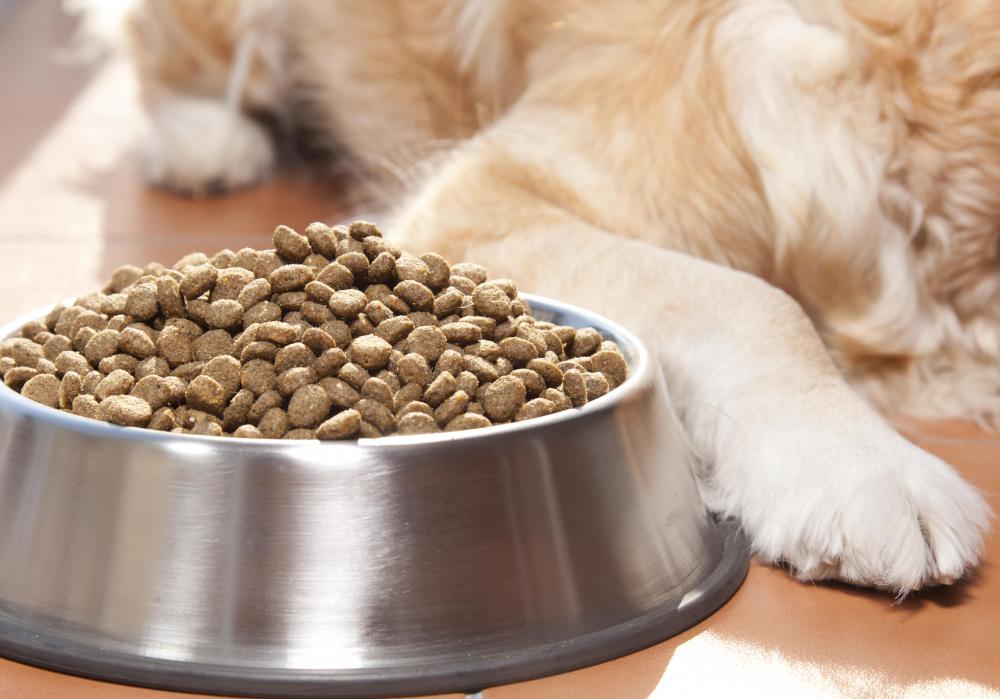At AllThingsNature, we're committed to delivering accurate, trustworthy information. Our expert-authored content is rigorously fact-checked and sourced from credible authorities. Discover how we uphold the highest standards in providing you with reliable knowledge.
What Is the Binturong?
Binturongs are nocturnal carnivores living in rain forests of Southeast Asia and are related to weasels, skunks, and mongooses. They live in trees and are rarely seen in the wild because they feed at night. These mammals are also called Malay civet cats and Asian bears because of their cat-like faces and bear-like bodies.
White whiskers contribute to this animal's resemblance to a cat. When a binturong stands upright, it puffs out its fur, which looks like a shaggy bear’s coat in shades of black, brown, and gray. This thick, coarse hair protects the animal from getting too wet and from injuries caused by sharp branches in the rain forest.

The binturong is one of two carnivores in existence with a prehensile tail, which usually extends as long as its body. It uses its tail to grasp branches as it travels through treetops in search of food. Although classified as a carnivore, a binturong generally prefers fruit, especially figs, in the wild. It also eats eggs, rodents, fish, and birds. In captivity, the animal is typically fed a high-quality dog food, supplemented with bananas, grapes, and other fruit.

One of the most distinctive features of binturongs is an odor emitted from a gland under their tails. It is has been described as smelling like corn chips or freshly popped popcorn. The odor warns other binturongs when one is in the area, and is used in mating. When the tails drag along branches, the scent is left behind.
This mammal also produces several sounds, including a growl when predators approach. Zookeepers report that when the binturong appears satisfied, it emits a sound similar to a guffaw or chuckle. It might also hiss, grunt, snort, and make a wailing sound when disturbed.
Binturongs grow up 2 to 3 feet long (60 to 90 cm) and can weigh up to 60 pounds (27 kg) at adulthood. In the wild, binturongs live up to 20 years, but they generally live longer in captivity. Females grow larger and weigh more than males, and are considered the dominant sex of the species. Binturongs serve an important role in rain forests because their droppings carry seeds that replenish plant life.
These animals are capable of breeding at any time, but another rare feature only occurs in binturongs. The female enjoys the ability to hold off implantation of a male’s sperm so that offspring may be born when the weather is optimal, timing fertilization for the best 90-day gestation period. Females bear between one and six offspring, which hide in the mother’s hair for a few days after birth because they are born with sealed eyes.
Binturongs are captured in Asia by poachers who sell their body parts as meat or for use in Chinese medicine. The meat is considered an aphrodisiac in some cultures. They are also hunted and sold as pets in the Philippines.
Frequently Asked Questions
What is a binturong and where can it be found?
A binturong, also known as a bearcat, is a viverrid native to South and Southeast Asia's dense forests. It's a nocturnal mammal that spends most of its life in trees. Binturongs are widespread, ranging from India and Nepal to the Philippines, but their populations are declining due to habitat destruction and wildlife trade.
What does a binturong eat?
Binturongs are omnivores with a varied diet that includes fruits, leaves, birds, fish, and small mammals. They play a crucial role in forest ecosystems as seed dispersers, particularly for the strangler fig, which relies on the binturong for propagation. Their diet flexibility helps them adapt to different habitats.
How big do binturongs get?
Binturongs are sizable creatures, with adults typically weighing between 25 to 38 pounds (11 to 17 kilograms) and measuring around 24 to 38 inches (60 to 97 centimeters) in body length. Their prehensile tails add an additional 18 to 27 inches (45 to 69 centimeters), making them quite formidable in size.
Are binturongs solitary or social animals?
Binturongs are generally solitary animals, except during the mating season or when mothers are raising their young. They maintain territories that they mark with a scent from their anal glands. Despite their solitary nature, they may occasionally be seen in small family groups, particularly in captivity.
What are the distinctive features of a binturong?
Binturongs have several distinctive features, including a long, prehensile tail that acts like a fifth limb for climbing, a thick fur coat that can range from black to brown, and a face that resembles a cat with a bear-like body. Interestingly, their scent is often compared to buttered popcorn due to a compound in their urine.
What conservation status does the binturong hold?
The binturong is classified as Vulnerable by the International Union for Conservation of Nature (IUCN). Their populations are threatened by habitat loss due to deforestation and the illegal wildlife trade. Conservation efforts are crucial to protect these unique animals and their forest habitats.
AS FEATURED ON:
AS FEATURED ON:












Discuss this Article
Post your comments